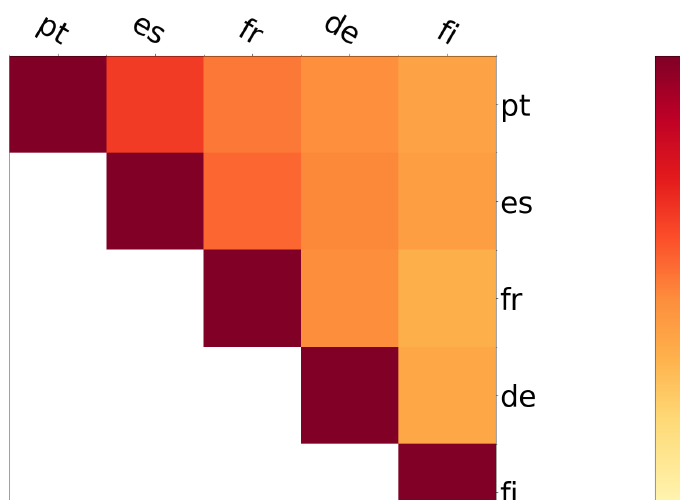Semantic Drift in Multilingual Representations

Semantic Drift in Multilingual Representations
Abstract
Multilingual representations have mostly been evaluated based on their performance on specific tasks. In this article, we look beyond engineering goals and analyze the relations between lan- guages in computational representations. We introduce a methodology for comparing languages based on their organization of semantic concepts. We propose to conduct an adapted version of representational similarity analysis of a selected set of concepts in computational multilingual representations. Using this analysis method, we can reconstruct a phylogenetic tree that closely resembles those assumed by linguistic experts. These results indicate that multilingual distribu- tional representations which are only trained on monolingual text and bilingual dictionaries preserve relations between languages without the need for any etymological information. In addition, we propose a measure to identify semantic drift between language families. We perform experiments on word-based and sentence-based multilingual models and provide both quantita- tive results and qualitative examples. Analyses of semantic drift in multilingual representations can serve two purposes: they can indicate unwanted characteristics of the computational models and they provide a quantitative means to study linguistic phenomena across languages.
